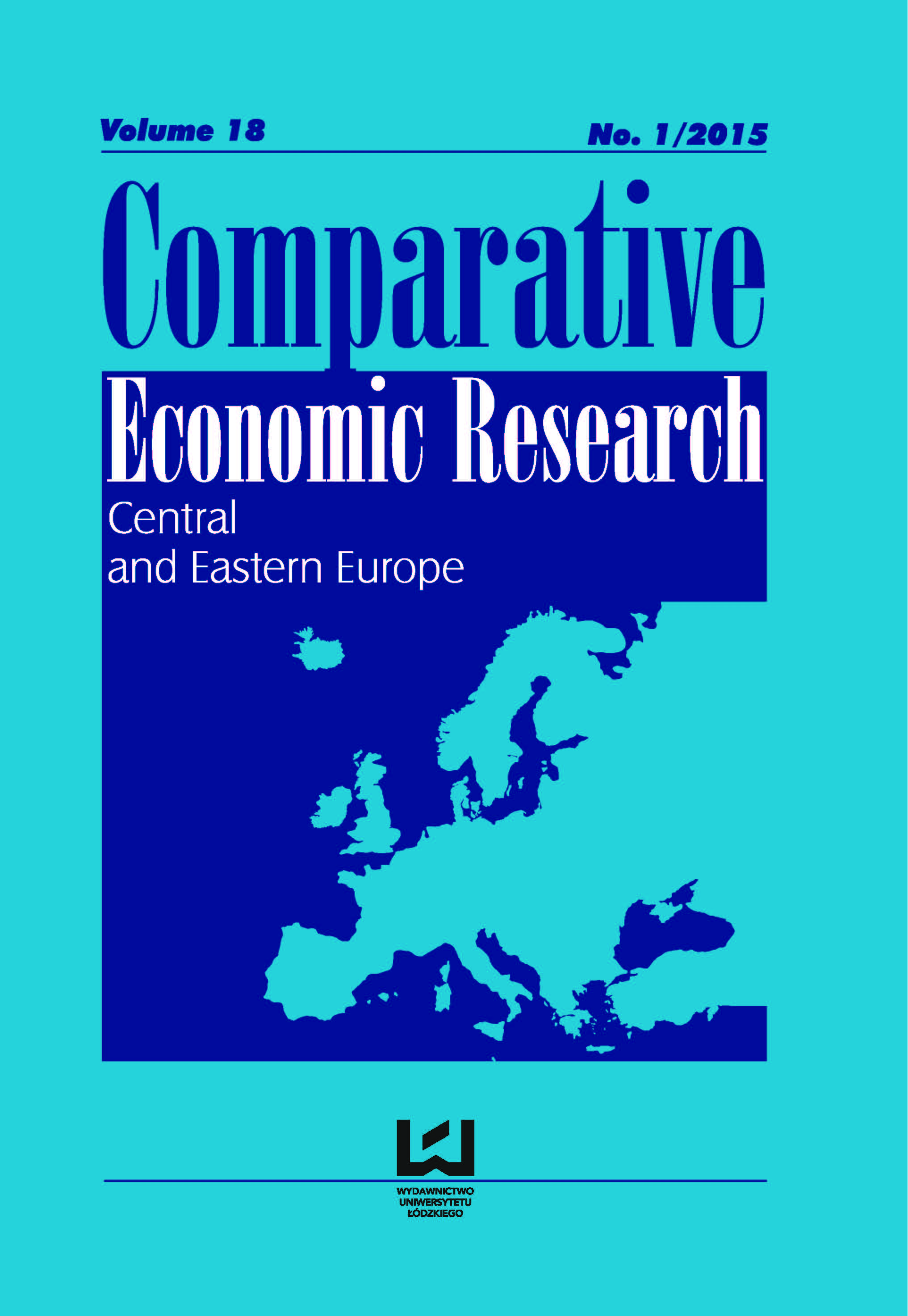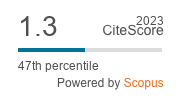Comparison Of Patterns Of Convergence Among “Emerging Markets” Of Central Europe, Eastern Europe And Central Asia
DOI:
https://doi.org/10.1515/cer-2015-0001Keywords:
globalization, convergence, Central and Eastern Europe, “Emerging Markets”, “Income Distribution”, “Ownership Structure”Abstract
Based on analysis of economic growth indicators for 1989-2014, this article distinguishes the “emerging markets” of Central and Eastern Europe (with Russia included), from the other economies that fall in the broad ‘emerging markets’ category. Following the post–1989 reforms, the countries of the region share many of the same typical institutional features as other “emerging economies”, but not necessarily the associated economic outcomes. What characterizes “emerging economies” is that they grow fast enough to systematically close the distance dividing them from the advanced economies, creating convergence. Departing from this pattern, Central and Eastern Europe (and Russia) have so far fallen short in terms of the growth rates, and the region as a whole has not made much progress in catching up. By more than doubling its national product Poland is the only notable exception in the region, although Slovenia may fit in the same category. At the other extreme, some of the economies actually lost two decades in terms of reducing the gaps, and some even fell further behind (e.g., Serbia, Ukraine). These findings have potentially serious implications for economic theory in general and for the presumption that globalization processes act as a unifying developmental force.
Downloads
References
Estrin S. (2009), The effects of privatization and ownership in transition economies, ‘Journal of Economic Literature’, 47 (3). doi: 10.1257/jel.47.3.699
Google Scholar
Haiyue L. and Poznanska J., (2015), Korean FDI in China: Impact on Bilateral Trade, International Trade and Finance Association Conference, Saratoga, FL, (conference paper).
Google Scholar
Gabor H. (2012), Diverging patterns of FDI recovery, Vienna: WIIW.
Google Scholar
Kornai J. (2006), The great transformation of Central Eastern Europe. Success and disappointment, ‘Economics of Transition’.
Google Scholar
Podkaminer L. (2013), Development patterns of Central and East European Countries, Vienna: WIIW.
Google Scholar
Poznanska J. (2006), The Impact of Globalization on Economic Transition in China, [in:] K. Fatemi (ed.), Globalization Opportunities and Challenges in East Asia, Binghampton: Haworth Press.
Google Scholar
Poznanski K. (2011), Patterns of Transition, Vienna: WIIW Monthly Report, No. 3.
Google Scholar
Poznanski K. (2012), State condition, foreign influence and alternative models of market reforms in China, Russia and Eastern Europe, ‘International Critical Thought’, vol.1, No. 3.
Google Scholar
Price & Waterhouse, 2010, “Foreign direct investment in Central and Eastern Europe” (March).
Google Scholar
World Bank 2008, Foreign banks in the developing world, [in:] Global Development Finance: Review, analysis and outlook, Washington D.C.: World Bank.
Google Scholar
Downloads
Published
How to Cite
Issue
Section
License

This work is licensed under a Creative Commons Attribution-NonCommercial-NoDerivatives 4.0 International License.











